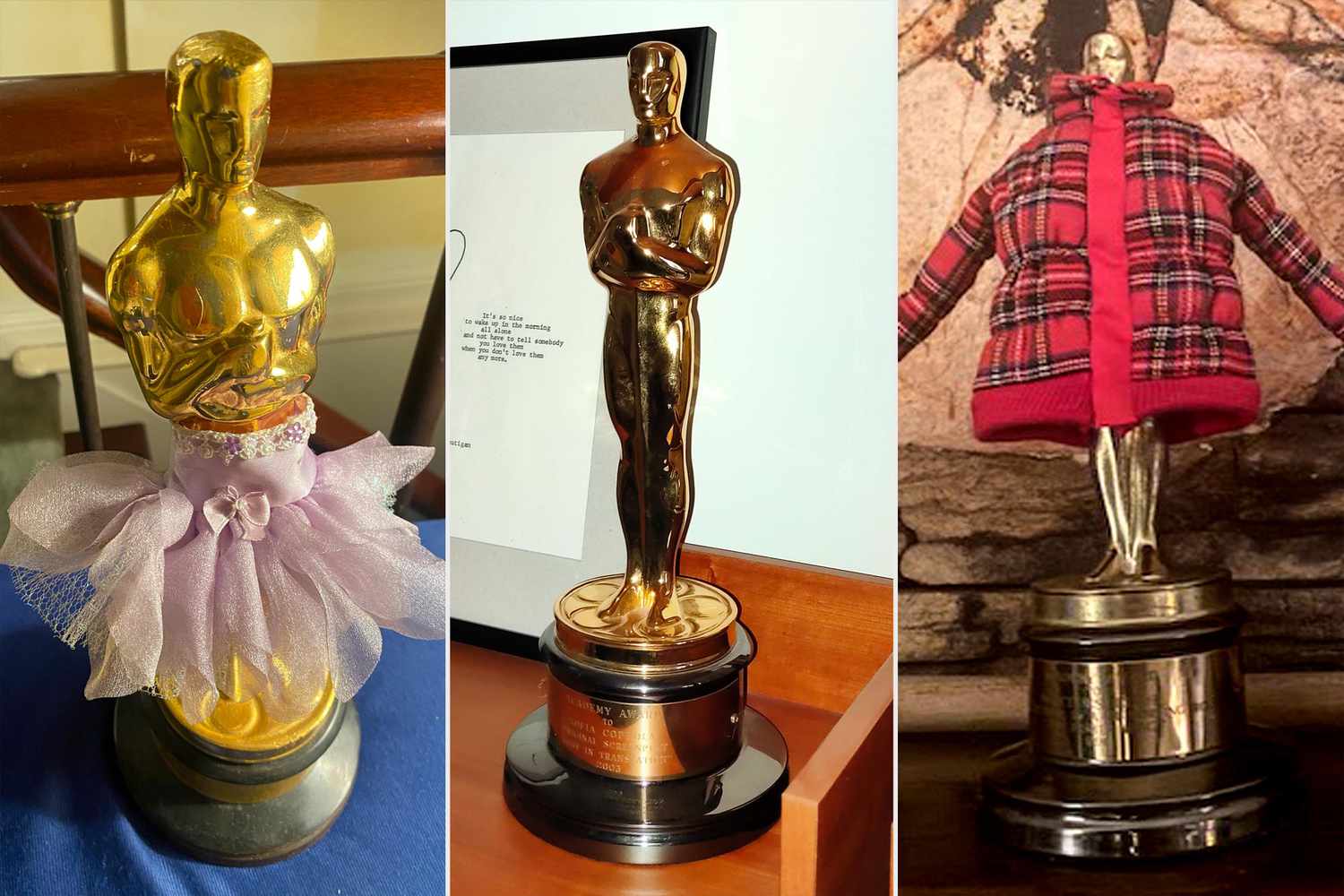

- #Elastic reality oscar full#
- #Elastic reality oscar pro#
- #Elastic reality oscar software#
- #Elastic reality oscar professional#
Media Asset Management software components Newsroom computer system (formerly Basys) Strategic alliance with Tektronix - then owners of Lightworks Makers of Matador, Illusion and Jester (ink-and-paint software) Makers of Elastic Reality morphing software ITN's newsrooms system sold to DEC then Avid.
#Elastic reality oscar pro#
Makers of Pro Tools and Venue live mixing system Makers of Videoshop the Quicktime-based home video editing software. was awarded an Oscar for the concept, system design and engineering of the Avid Film Composer for motion picture editing which was accepted by founder Bill Warner. On March 21, 1999, at the 71st Academy Awards, Avid Technology Inc. In 1993, the National Academy of Television Arts & Sciences awarded Avid Technology and all of the company’s initial employees with a technical Emmy award for Outstanding Engineering Development for the Avid Media Composer video editing system. adjusted the amount originally allocated to IPR&D and restated its third quarter 1998 consolidated financial statements accordingly, considering the SEC's views. All of these have now been discontinued as the core Media Composer product has been lowered in price and is now heavily discounted for academic/student use. Additionally, Avid Free DV was available as a free download, providing an introduction to the Media Composer interface, but in a limited version.
#Elastic reality oscar professional#
In the past, Avid has released home versions of their professional line of editors, such as Xpress DV and lower cost professional versions (primarily to compete with software such as Final Cut Pro and Adobe Premiere) such as Xpress Pro. Avid used to be considered just a "video editing" company, but now has consolidated a well-rounded multimedia generation technology company. In 2006 Avid launched new products such as Avid Interplay and Unity Isis.
#Elastic reality oscar full#
In recent years the company has extended its business expertise through several acquisitions and internal investments towards the full palette of multimedia generation products including those to store and manage media files. In 1994 Avid introduced Open Media Framework (OMF) as an open standard file format for sharing media and related metadata. This was the first Editing Oscar awarded to a digitally edited film (although the final print was still created with traditional negative cutting). In 1996 Walter Murch accepted the Academy Award for editing The English Patient (which also won best picture), which he cut on the Avid.

By 1995 dozens had switched to Avid, and it signaled the beginning of the end of cutting celluloid. By 1994 only three feature films used the new digital editing system. The first studio film to be edited at 24fps was Lost in Yonkers, directed by Martha Coolidge. The first feature film edited natively at 24fps with what was to become the Avid Film Composer was Emerson Park. The film was edited at 30fps NTSC rate, then used Avid MediaMatch to generate a negative cutlist from the EDL.

The first feature film edited using the Avid was Let's Kill All the Lawyers in 1992, directed by Ron Senkowski. By the early 1990s, Avid products began to replace such tools as the Moviola, Steenbeck, and KEM flatbed editors, allowing editors to handle their film creations with greater ease. It was "the biggest shake-up in editing since Melies played around with time and sequences in the early 1900s". The Avid/1 was based on an Apple Macintosh II computer, with special hardware and software of Avid's own design installed.Īt the NAB show in April 1989, the Avid/1 was publicly introduced. It was founded by a marketing manager from Apollo Computer Inc., Bill Warner, a prototype of their first digital nonlinear editing system (the Avid/1) was shown in a private suite at the National Association of Broadcasters (NAB) convention in April 1988.


 0 kommentar(er)
0 kommentar(er)
